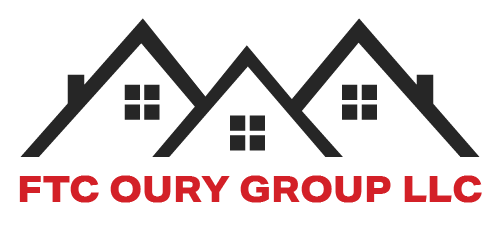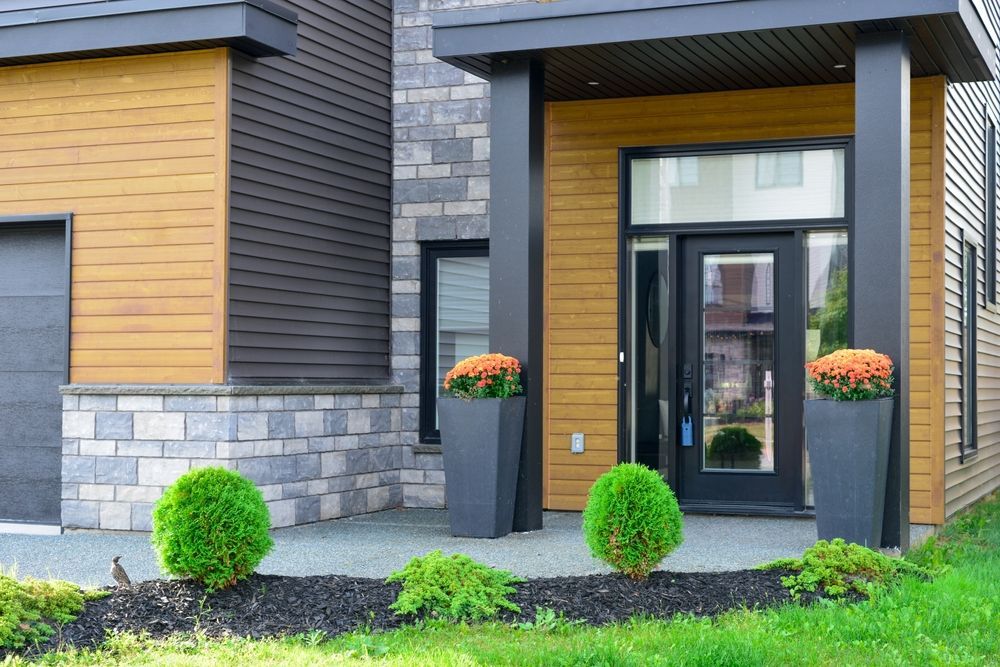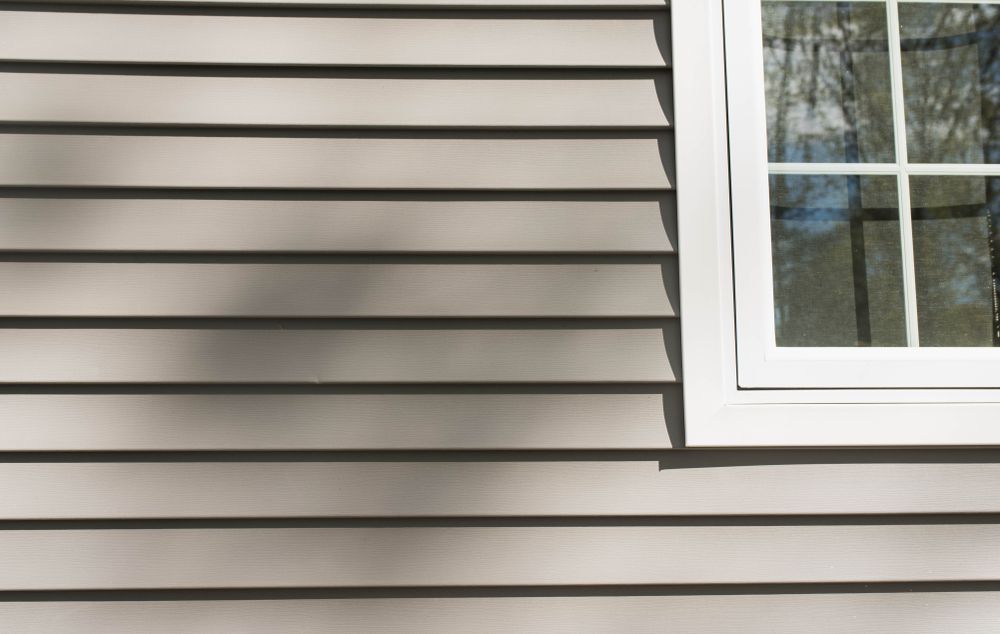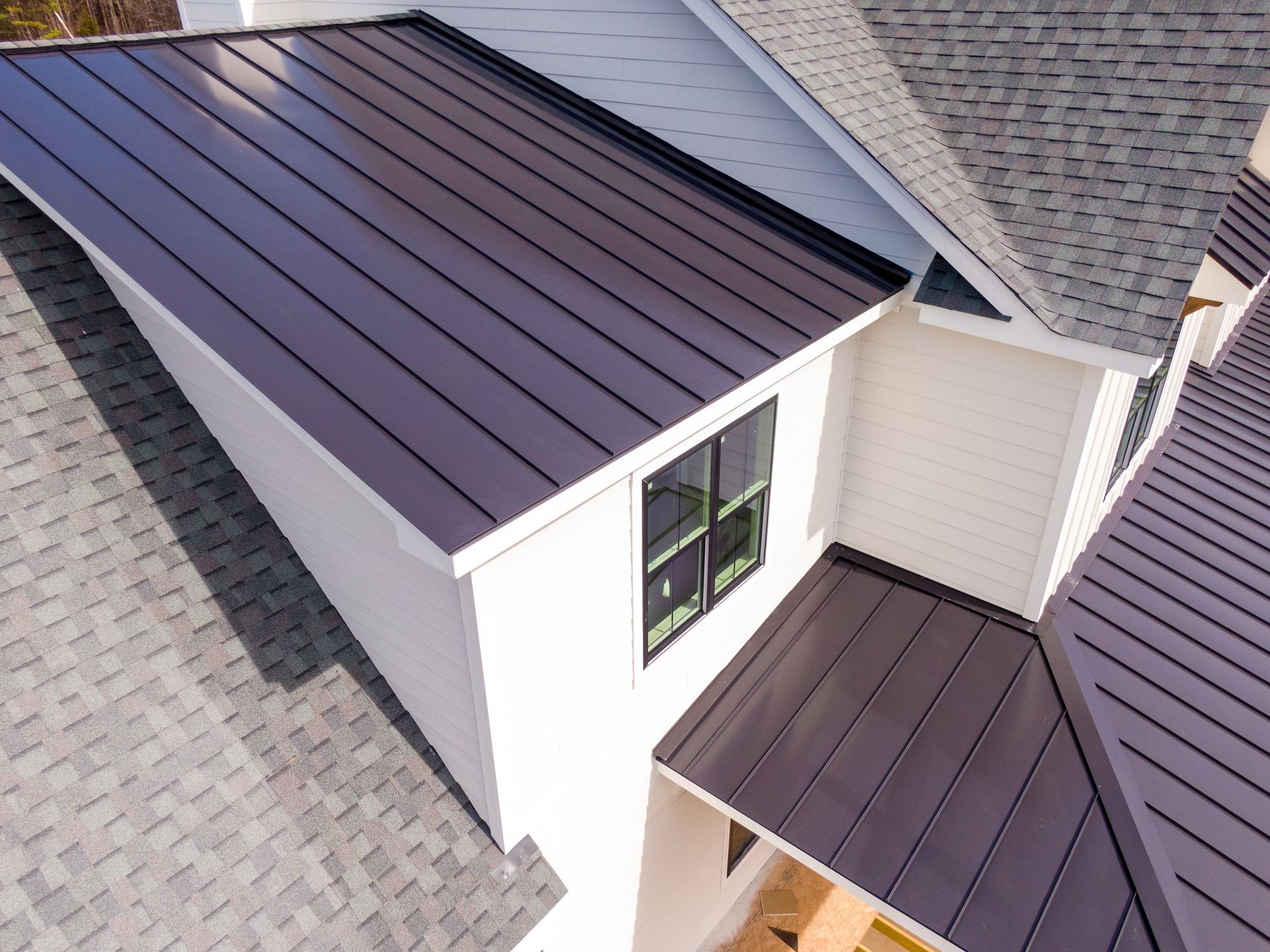Everything to Know About Cedar Shake Roofing
October 27, 2025
Share this article:
Cedar shake roofing has been a staple in home design for centuries. Known for its natural beauty and long-lasting performance, it remains a popular choice for homeowners who want a roof that stands out and performs well. This roofing style blends rustic appeal with practical benefits, making it suitable for a range of architectural styles and climates.
What is Cedar Shake Roofing?
Cedar shake roofing is made from split logs, typically western red cedar. Each shake is cut by hand or machine, giving the roof a more textured and rugged appearance compared to uniform shingles. The material is valued for its natural resistance to insects, decay, and moisture. Over time, cedar shakes weather to a soft gray tone, adding character and depth to the home’s exterior.
This type of roofing is often chosen for its combination of performance and curb appeal. It suits both historic homes and newer builds that aim to highlight natural materials and craftsmanship.
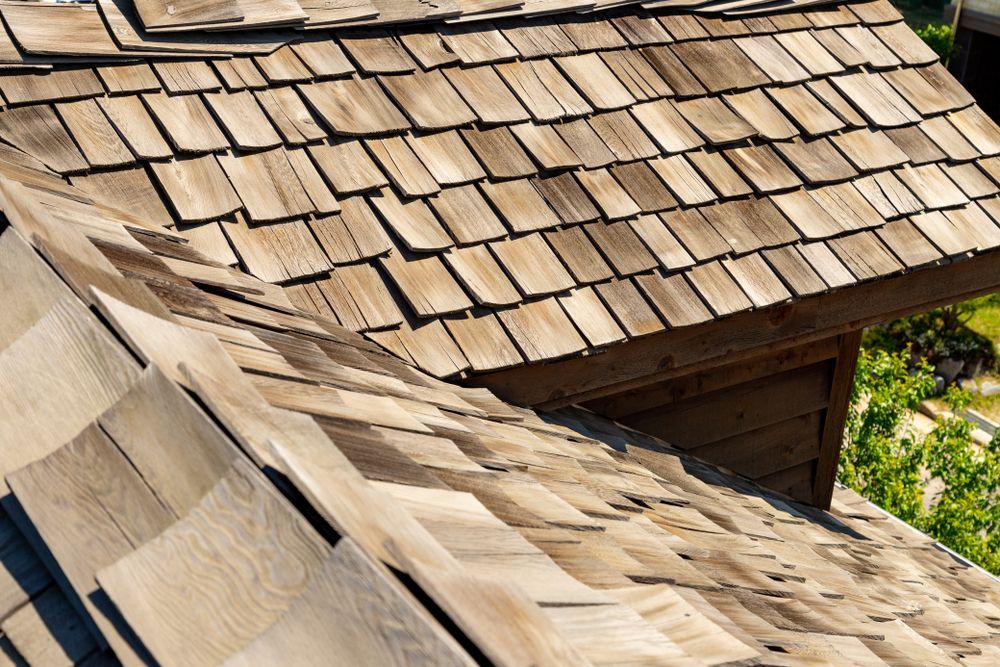
3 Types of Cedar Shake
Cedar shakes are categorized based on how they’re cut and the quality of the grain. Each
type offers a different look and level of performance.
Common Cut
Common cut cedar shakes are made from mixed-grain wood. This type is more affordable than premium cuts but tends to expand and contract unevenly over time. The grain variation can cause some shakes to split or warp, especially in areas with frequent moisture or temperature swings. Homeowners often choose this option for budget-conscious projects or for secondary structures like sheds or garages.
Select Cut
Select cut cedar shakes include a blend of straight and flat grains. This mix improves overall stability compared to common cut options while keeping costs lower than premium-grade shakes. Select cut is often used on homes where a balance between appearance, durability, and budget is important.
100% Straight Grain
Cedar shakes in this category are cut so the wood grain runs in a consistent direction. The result is a more stable product that resists warping, splitting, and uneven weathering. Many homeowners choose this grade for its longevity and refined appearance, especially on roofs that face harsh conditions.
Cedar Shake vs. Cedar Shingle
Appearance
Cedar shakes have a rugged, hand-split texture that gives the roof a more natural, layered look. Shingles are machine-cut and smooth, creating a more uniform surface.
Thickness and Build
Shakes are thicker than shingles and come in varying widths and tapers. Shingles are thinner and consistently shaped. The added thickness of shakes can offer improved insulation.
Installation
Shingles are installed in tightly overlapping rows, while shakes require spacing to allow for expansion and drainage. This difference affects how each system handles water and airflow.
Durability
Both materials resist decay and pests, but cedar shakes often last longer due to their density, strength, and ability to shed water more effectively when installed correctly.
Benefits of Cedar Shake Roofing
Natural Appearance
Cedar shakes create a warm, textured look that blends well with many architectural styles. As the wood weathers, it develops a soft silver tone that adds character.
Energy Efficiency
The thickness of cedar shakes adds a layer of insulation, which can help reduce heating and cooling costs over time, improving overall home comfort and efficiency.
Eco-Friendly Material
Cedar is a renewable resource, and many manufacturers follow sustainable harvesting practices. Old shakes can also be recycled or repurposed after removal.
Durability
When installed and maintained properly, cedar shake roofing can stand up to high winds, heavy rain, and snow. The wood's natural oils help protect against rot and insects.
Cedar Shake vs. Cedar Shingle
Maintenance Requirements
Cedar shake roofing needs regular upkeep to perform well. Cleaning, treating for moss or mildew, and replacing damaged shakes are part of long-term care.
Cost
The price of cedar shakes, along with skilled installation, tends to be higher than asphalt or other standard roofing materials due to craftsmanship.
Moisture Sensitivity
Without proper ventilation and underlayment, cedar can absorb moisture. Over time, this may lead to warping or decay, especially in humid or wet climates.
Fire Risk
Unless treated, cedar shakes are more vulnerable to fire. Many homeowners opt for fire-retardant coatings or factory-treated products to meet safety codes.
Lifespan: How Long Does Cedar Shake Roofing Last?
Cedar shake roofing typically lasts 30 to 40 years. High-quality materials, proper installation, and regular maintenance can extend that range. Factors like climate, ventilation, and exposure to moisture will affect overall lifespan. Premium cuts, such as 100% straight grain, tend to hold up the longest.
Installation Process
Installing cedar shake roofing takes precision and experience. Each shake is installed individually, starting from the bottom and working upward. Installers stagger the shakes for proper coverage and nail them in place, leaving space between rows for airflow and water drainage. The process requires skill to maintain alignment, support ventilation, and protect against leaks.
Underlayment and Roofing System Support
A proper underlayment is key to the performance of a cedar shake roof. Breathable materials are used to allow moisture to escape while still protecting the structure beneath. Spaced sheathing or skip sheathing is often installed to promote airflow under the shakes. Together, these components help reduce moisture buildup and extend the life of the roof.
Cost Considerations
Cedar shake roofing is a premium option, and the cost reflects the materials, labor, and craftsmanship involved. On average, installation costs more than asphalt or composite roofing. Pricing can vary based on roof size, shake grade, and regional labor rates. Long-term
value comes from the material’s durability, insulation benefits, and strong visual appeal.
Warranty Considerations
Warranties for cedar shake roofing can vary depending on the manufacturer and installer. Some cover material defects for up to 30 years, while workmanship warranties depend on the
contractor. Treated shakes may come with additional coverage for fire resistance or rot protection. It’s important to review warranty details before installation to understand what is included and for how long.
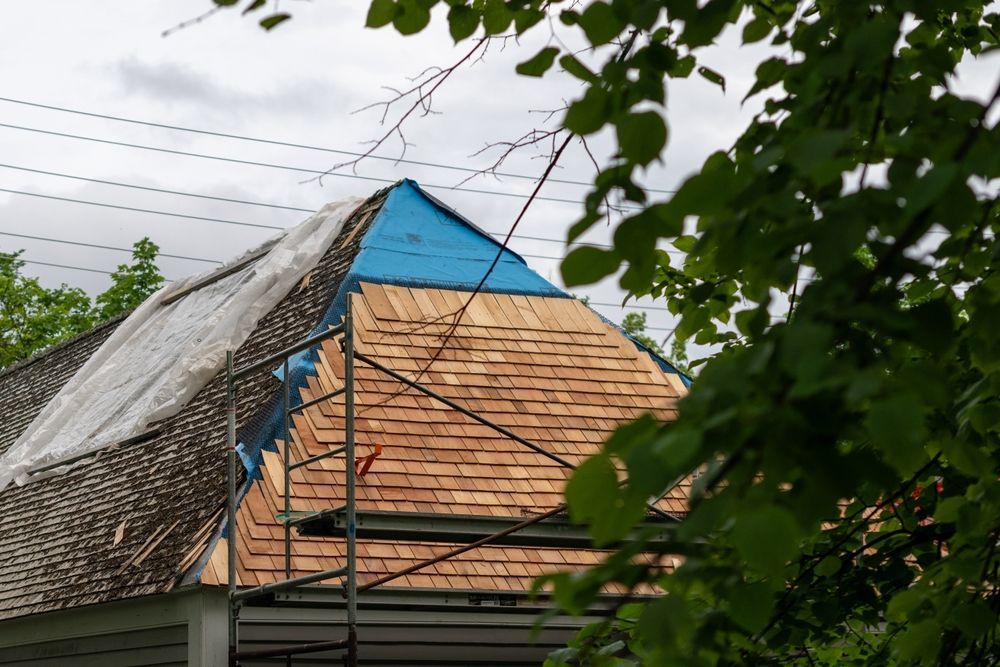
Cedar Shake Roofing & Curb Appeal
Cedar shake roofing adds warmth and texture that stands out from more common materials. The natural variation in each shake creates a handcrafted look that enhances architectural detail. As the wood weathers, it develops a patina that adds charm and visual depth, making the home more distinctive from the street.
Why Choose FTC Oury Group for Cedar Shake Roofing?
FTC Oury Group has decades of experience installing cedar shake roofing across the region. Our team understands the material, the details that matter during installation, and the importance of building a roof that performs as well as it looks. We use quality shakes, proper underlayment systems, and skilled techniques to give your home lasting protection and visual appeal.
If you're considering cedar shake for your next roofing project, contact FTC Oury Group to schedule a free consultation and get expert recommendations tailored to your home.
Connect with Us:
